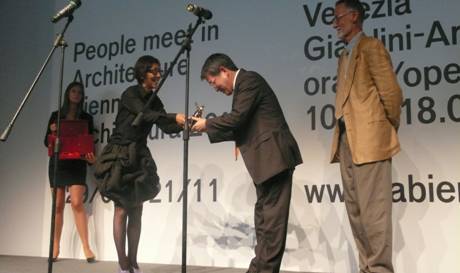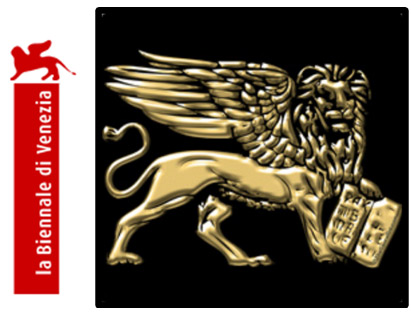|
David B. Stewart(本学都市地震工学センター 特任教授)
On 16th July 2010, we received remarkable news from Italy in the form of a brief Press Release from the 12th Architecture Biennale in Venice.
Shin’ichi Okuyama, Taishin Shiozaki, and I all here at TiTech have been working throughout 2010 to prepare materials for a special issue of the International Architecture Review 2G to be published in spring 2011 by Gustavo Gili. This will be devoted to the “Houses of Kazuo Shinohara.” In mid-July, then, we received a message from our editor in Barcelona:
[The Architecture Biennale intends] to award a special commemorative Golden Lion in memory of the Japanese architect, Kazuo Shinohara, who died in 2006 and who had a broad influence on the Japanese architectural scene....
At almost the same time, the content of the official announcement was confirmed by our colleague at TiTech Yoshiharu Tsukamoto, one of three younger architects charged with the installation of the Japan National Pavilion (“Tokyo Metabolizing”) as part of the 12th Biennale, directed in the year 2010 by Kazuyo Sejima.
The official 12th Architecture Biennale Press Release continues:
Shinohara[1925-2006] was a person who thought directly about the symbolism inherent in space and how that symbolism relates to individuals. In one way, he thought about how that symbolism was formed in the context of Japanese tradition but in another, he was concerned with more abstract geometries and the randomness of the city. With this research, he created very special and very sensitive houses that helped him form a thesis critical of modern architecture.
The Golden Lion award was conferred in Venice on Saturday, August 28th, 2010, in the Giardini at 4 PM. The International Jury of the 12th Architecture Biennale comprised: Beatriz Colomina (Spain/US), Francesco Dal Co (Italy/US), Joseph Grima (Italy), Arata Isozaki (Japan), Moritz Kung (Switzerland), and Trinh T. Minh-ha (Vietnam).
Hiromitsu Muta, TiTech Executive Vice President for Finance, and I were privileged to receive the award on behalf of the late Shinohara Kazuo and his family. We represented, respectively, Tokyo Institute of Technology and our own TiTech Department of Architecture and Building Engineering at the award ceremony in Venice last August.
 |
| |
|
 |
受賞時の様子
牟田東京工業大学副学長
スチュアート先生 |
| |
|
 |
ビエンナーレにおける
東京工業大学関係者 |
While the citation from the Biennale affords only the briefest sketch of Shinohara’s career, it does refer to the aim of his so-called First Style in challenging post-World War II rationalist goals in Japan, and particularly those of the Metabolist movement, to which he was strongly opposed. In his very earliest houses, seven of which were designed while Shinohara was still teaching as an instructor in Seike Laboratory, Japanese tradition was evoked for its capacity to provide a “symbol space.” By the time of the celebrated House in White (1966), the mutual juxtaposition of a Japanese with a modernist space had attained its climax.
The second part of the Biennale citation refers, of course, to the Third Style, in which the chaos of the contemporary city, a factor that Shinohara first came to appreciate in his study of the juxtaposition of disjunctive elements in the Japanese village and soon in the postwar suburban landscape, was not only accepted but internalized in the design of the small individual residence. The classic example is the famous House in Uehara (1976).
Finally, the open-ended Fourth Style initiated with his personal House in Yokohama (1985), was a continuation of urban themes, but in terms of an articulation of machine-like elements that superseded the emblematic streamlined Machine Age vocabulary of most early twentieth-century Modernism, referring instead to fighter jets, or even the moon-landing apparatus. Our own TiTech Centennial Hall, designed in 1987, affords a textbook example of this approach and was Shinohara’s second nonresidential work. The Golden Lion award is presently displayed at the Centennial Hall in the newly designated Shinohara Room on the second floor.

A winged lion is Mark's symbol. The lion derives from Mark's description of John the Baptist as a "voice of one crying out in the desert" (Mark 1:3), which artists compared to a roaring lion. The wings come from the application of Ezekiel's vision of four winged creatures (Ezekiel, chapter one) to the evangelists.


|
